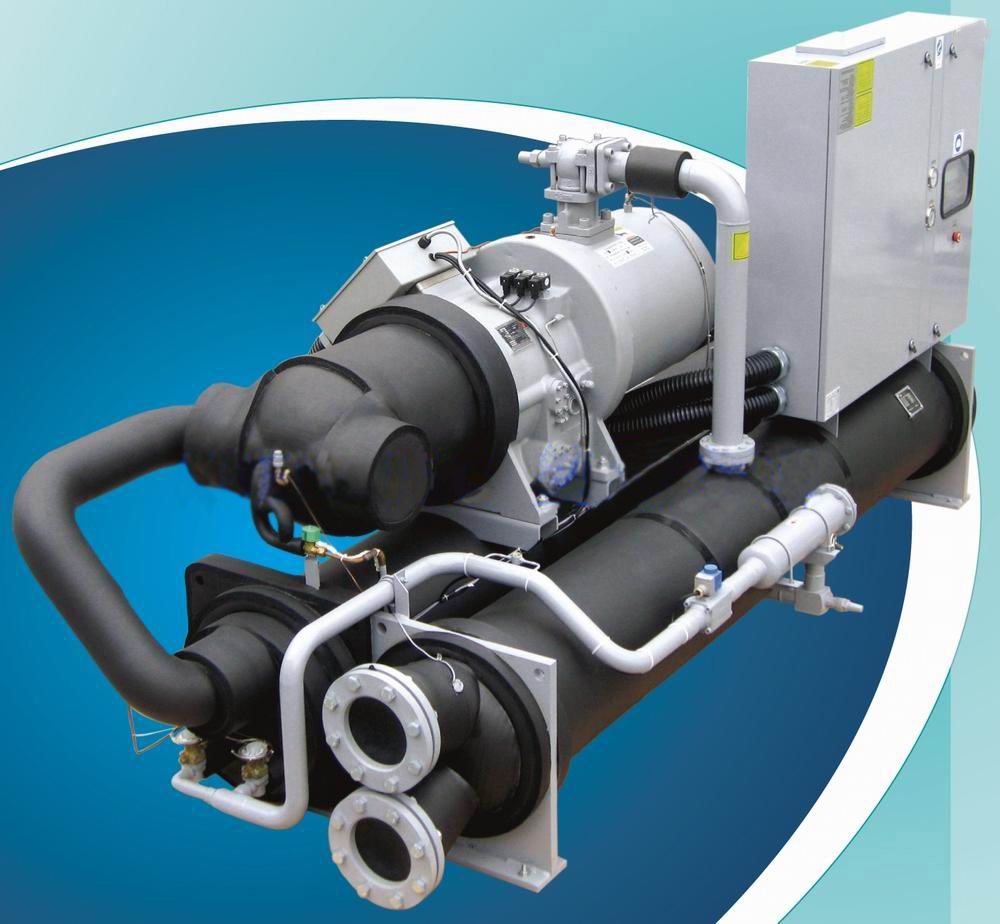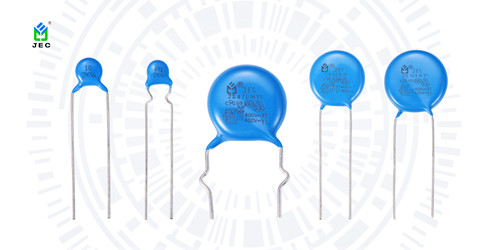Jan. 02, 2024
Varistor is a type of voltage-limiting protective device. By utilizing the nonlinear characteristics of the varistor, when an overvoltage occurs across the two poles of the varistor, it clamps the voltage to a relatively fixed value, thereby providing protection to the subsequent circuit.
Reasons for the easy burnout of varistors:
Excessive or low working temperatures in the surrounding environment:
A common issue is that varistors can be damaged if exposed to excessively high or low temperatures.
Number of overvoltage protection instances:
High-quality varistors can withstand a relatively greater number of overvoltage protection instances, while lower-quality ones may have limited protective capabilities.
Short burn-in time, small silver plating, and poor quality of the chip:
The quality of a varistor depends on the internal chip quality. Normally, the chip should undergo a burn-in time of 28 hours, but some inferior chips, in an effort to save power and cost, may only undergo a 12-hour burn-in. Substituting small chips for larger ones is also a common trick used in inferior varistors.
Due to the expensive price of silver, the silver plating on low-quality varistors is becoming smaller, and the silver content is insufficient. Some manufacturers have started using copper as a substitute for silver. If such inferior varistor chips are used, the varistor is indeed more prone to damage.
This article is provided by JYH HSU (JEC) Electronics. JEC is a research, development, production, and sales-oriented company specializing in manufacturing and selling various electronic components such as capacitors and resistors.

Application of NTC Thermistors in Chiller Units
Jan. 02, 2024

Why is Multilayer Ceramic Capacitor So Small
Jan. 02, 2024

Film Capacitors Enhancing Filtering Circuits
Jan. 02, 2024
+86 181 2299 5593
+86 18122995593
+86 769 8831 3605
Beside Luchong Bridge, Hou Road, Caibai Village, Daojiao Town, Dongguan, Guangdong, China
Navigation